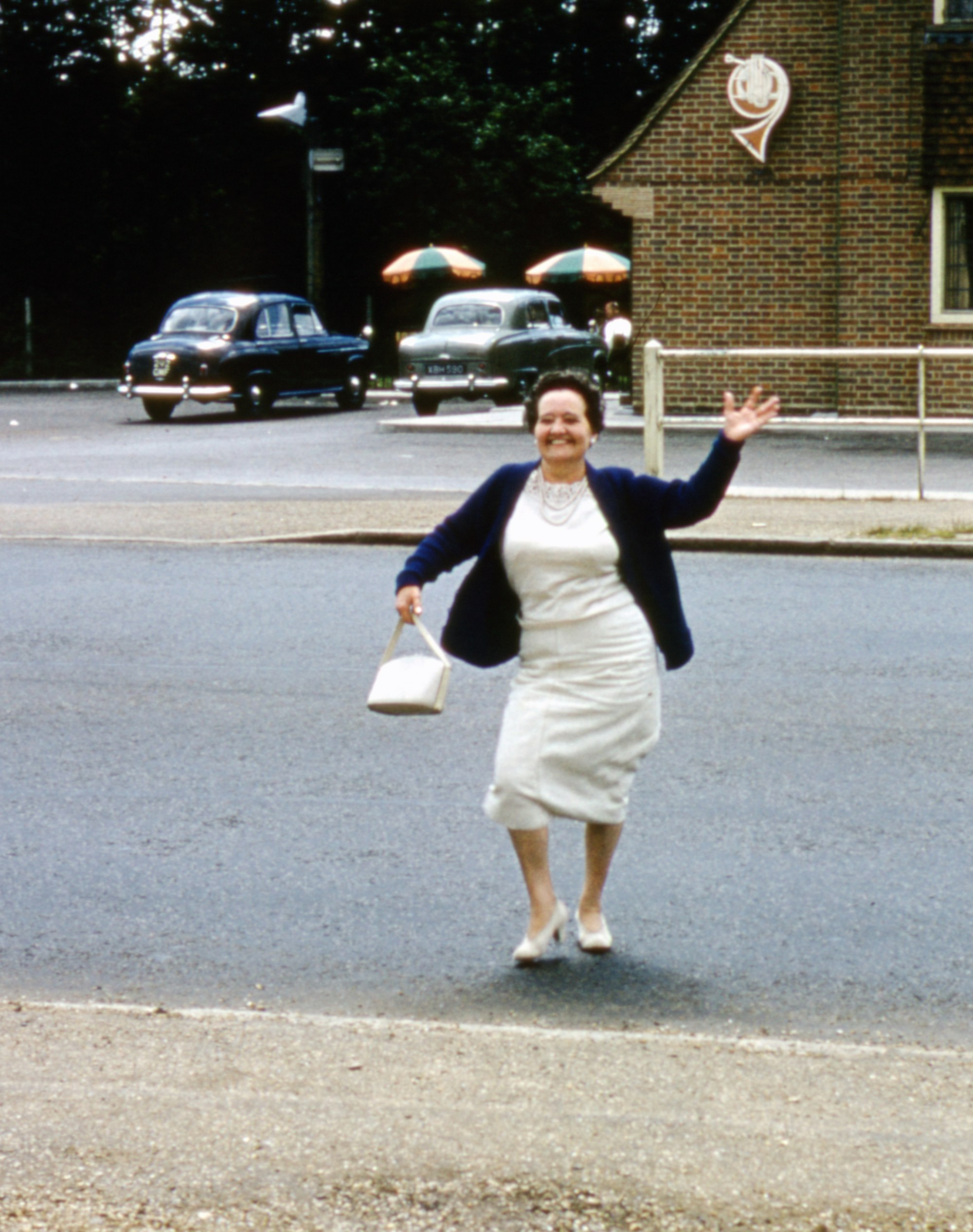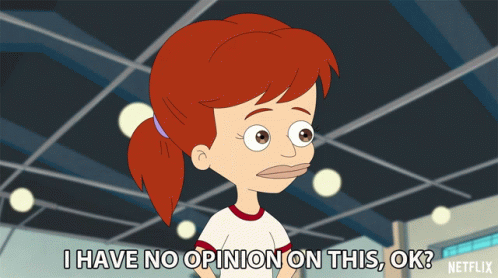7 Ways to Utilize Visual Prompts for Journaling
Here you will find inspiration and instruction on how to use visuals as journal prompts. I'll be breaking it down seven ways for you backed with research and a smattering of cheese.

Hello Fellow Journalers!🖊️📖
Here you will find inspiration and instruction on how to use visuals as journal prompts. I'll be breaking it down seven ways for you backed with research and a smattering of cheese. 🧀
Let's dive in.
The Five Senses
Use more than just your eyes. When looking at a photo, utilize all your senses. Go beyond sight and into smell, touch, hearing and taste. Here's an example:

When you see this photo, what is the first thing you feel? Does it bring to mind memories of the ocean or the sensations you imagine experiencing: the taste of the water, the sounds of waves, and the feel of sand underneath your body?
This type of recall relies on your imagination. The five senses are involved when using imagination. While you create the experience of being on the beach in your mind, your brain informs you of all the details from prior experiences. You can still imagine the feeling of water, the taste of salt, and the sensation of wind, even if you've never been to the ocean. (1)
Memory
Perhaps the photo is of a specific memory. Your childhood vacation or specific accomplishment? Does the photo evoke happiness or sadness? Are the people shown living or deceased?

Using visual aids for memory recall is an effective and well-researched tool. When individuals were given a verbal description versus a visual description of a personal experience, the group given the visual description had better recall. If you're writing a memoir-based journal, breaking open the family albums can target details that otherwise would be difficult to bring forward. (2)
What else can you use? Here are some ideas: home videos, old social media posts, (does your phone send you reminders of what you did a year ago today like mine?), past text messages, birthday or holiday cards, old letters, gifts you received, family heirlooms, etc.
Dreams
No, not the ones that happen when you close your eyes.
What did you want to be as a child? A teenager? A younger you? When you get the reminder, does it hurt your heart or drive you further on?
Was it a magazine, a book, or a movie that reminded you of this dream? Choose a visual aid that helps you envision the life you wish to manifest and sparks those deep emotions within.
Like chocolate. Who doesn't want to get paid to eat chocolate? (As this is my blog, I can use my personal dreams as examples. 🍫)
But seriously.
Aspirations are important and near-universal. A survey in 2009 showed 95% of participants admitted to at least one aspiration for their lives. (3) Having goals and its pursuit can provide well-being beyond simple daydreaming. A study in 2006 proved individuals that pursue personal aspirations have higher levels of happiness, life satisfaction, and have positive associations with well-being. (4)
Catharsis
Maybe the visual aid acts as a vehicle for catharsis. The adage ‘misery loves company’ is rather difficult to apply to journaling when it’s such a solo activity, but seeing what you feel while journaling can release the pent-up emotions.
Catharsis can be a form of expressive processing and expressive disclosure. (My husband is somewhere in the background yelling 20 dollar words💵! Expressive processing usually involves creation such as art or writing, that assists in processing emotions. Expressive disclosure, similar concept to expressive processing, but directed at a specific person or group of people. Or in this case, your inanimate object aka journal.) There are some notable drawbacks, such as if you are an individual prone to rumination. Letting yourself sink into the negative while saying "It's catharsis!" I don't recommend it. However, the release of one's emotions, can regulate emotional health and improve mood. (5,6)

Motivation
Jerry Brook, Author, Speaker, and App Developer from Good Together, recommends leaning hard into what helps you visualize your goal post definition of a desired life.
Visualizing a potential future event or situation is a powerful technique of setting our aspirations. Journaling is a powerful tool which can assist us to explore, define, and refine our motivations for those aspirations. Together, envisioning coupled with the thoughtful pragmatic commitment to words, is a recipe for success.
When it comes to visualizing what motivates you, think of the common example and extrapolate personally from there. The work desk often houses photos of loved ones and families, and why not? The monotony of the 9-5 can discourage, but reminders of our purpose can keep us motivated. Bring this hack into your journaling. What motivates you? What goals are you wanting to crush? Draw deep onto what drives you and bring it to your journaling with visuals. Besides family photos, lean into your achievements and sentimental memories. Place your diploma on the wall, or position favored childhood memorabilia in easy view. Cut out a destination photo from a magazine or use sticky notes of your favorite quotes as a mantra.

If you're unaware of your deep, motivating factors that drive you forward in either your daily life or life long dreams, use the below brain teaser questions for self-reflection:
Are you led by personal values, a passion, or need for achievement?
Are there individuals you look up to that you are modeling decisions after? Do you have social connections such as family or friends that inform your daily choices? Is there cultural influence?
Are there specific life-changing moments that inform influences your choices and your motivational pivot points? Are there challenges or opportunities you've experienced? Do you feel individually suited for certain roles or moments in life?
Appreciation

Appreciation AKA gratitude. It's a buzzword for hardcore journal folks, almost to the point of annoyance.

Let's turn away from my peanut gallery and focus on research. University students were divided into three methods of journaling: gratitude, planning and a control group that was considered neutral. (If you start emailing me about research study weaknesses and faults, I'm going to ignore you. Go to Reddit and complain there.)
The gratitude group focused their journaling on appreciations that week and relating it to their chosen goals. The planning group focused solely on strategizing how to achieve the chosen goal. The control group journaled on everyday activities.
The group that came out ahead: the gratitude group. While the planners had positive findings as well, the grateful go-getters (ha, ha) experienced greater progress, persistence and motivation towards achieving the chosen goals. (7)
So...how do you visualize appreciation? How do you visualize gratitude?
My advice: don't make it harder than it needs to be. If you can't bring to your mind or immediately see what you're grateful for in life, look below.
Look Around You. Ground Yourself in the Present Moment.
Currently, I have my husband behind me on the phone encouraging a friend in a rough moment. I look at him and I'm grateful I chose him, married him, and that he has such a generous spirit towards everyone in his life.
I can mentally see my daughter, and that I had the ability to create life within and give birth still awes me. I have no office so my makeshift desk which is actually the bassinet converted holds my laptop and behind it is my wall. It's bare before me, and I need to do something with it but I'm so appreciative for all the moments that steal me away from doing something so mundane. I get to write in this blog, I get to help people, I get to...
What do you get to do? Don't sabotage your gratitudes with downspirals. Give yourself the space to just be grateful without the baggage.

Another way to ground yourself is to look in the mirror and recite or channel positive affirmations. Bring yourself into a charged mental space full of things you know to be true about yourself, but only accepting or admiring truths. Leave negative confrontation for intentional, growth mindset centered journaling where you can learn from your mistakes and hard-won lessons.
-A Very Enthusiastic Journaler
P.S. If you've made it this far, please consider signing up for the monthly 3-1-1 newsletter. Want a preview? Head here.
P.P.S.
Are you a creator, blogger, writer, or just want to collaborate? Head here.

Citations
- Carpenter, P. A., & Just, M. A. (1989). The role of working memory in sentence comprehension. Journal of Memory and Language, 28 (6), 381-399.
- Addis, D. R., McIntosh, A. R., Wong, A. T., & Macken, W. J. (2008). Dissociable effects of visual and verbal cues on recollection and familiarity. Journal of Experimental Psychology: Learning, Memory, and Cognition, 34(2), 326-343.
- Diener, E., & Biswas-Diener, R. (2009). The pursuit of happiness: Is there a universal set of goals? In S. D. Brown & K. A. Moore (Eds.), Handbook of positive psychology (pp. 211-226). Oxford University Press.
- Steger, M. F., Frazier, P., & Kasser, T. (2006). The pursuit of meaningful goals: An empirical examination of goal aspirations, goal progress, and well-being. Journal of Personality and Social Psychology, 91(1), 162-173.
- Burton, A. G., & Gross, J. J. (2008). Expressive processing and emotional regulation: A review of the literature. Personality and Social Psychology Review, 12(2), 228-248.
- Pennebaker, J. W., & Chung, J. (2007). Expressive disclosure: Review and critique of the literature. Emotion, 7(1), 15-26.
- Wong, P. T., & Graf, S. (2017). Gratitude and goal attainment: Can appreciating what you have help you get what you want? Journal of Positive Psychology, 12(3), 235-244



